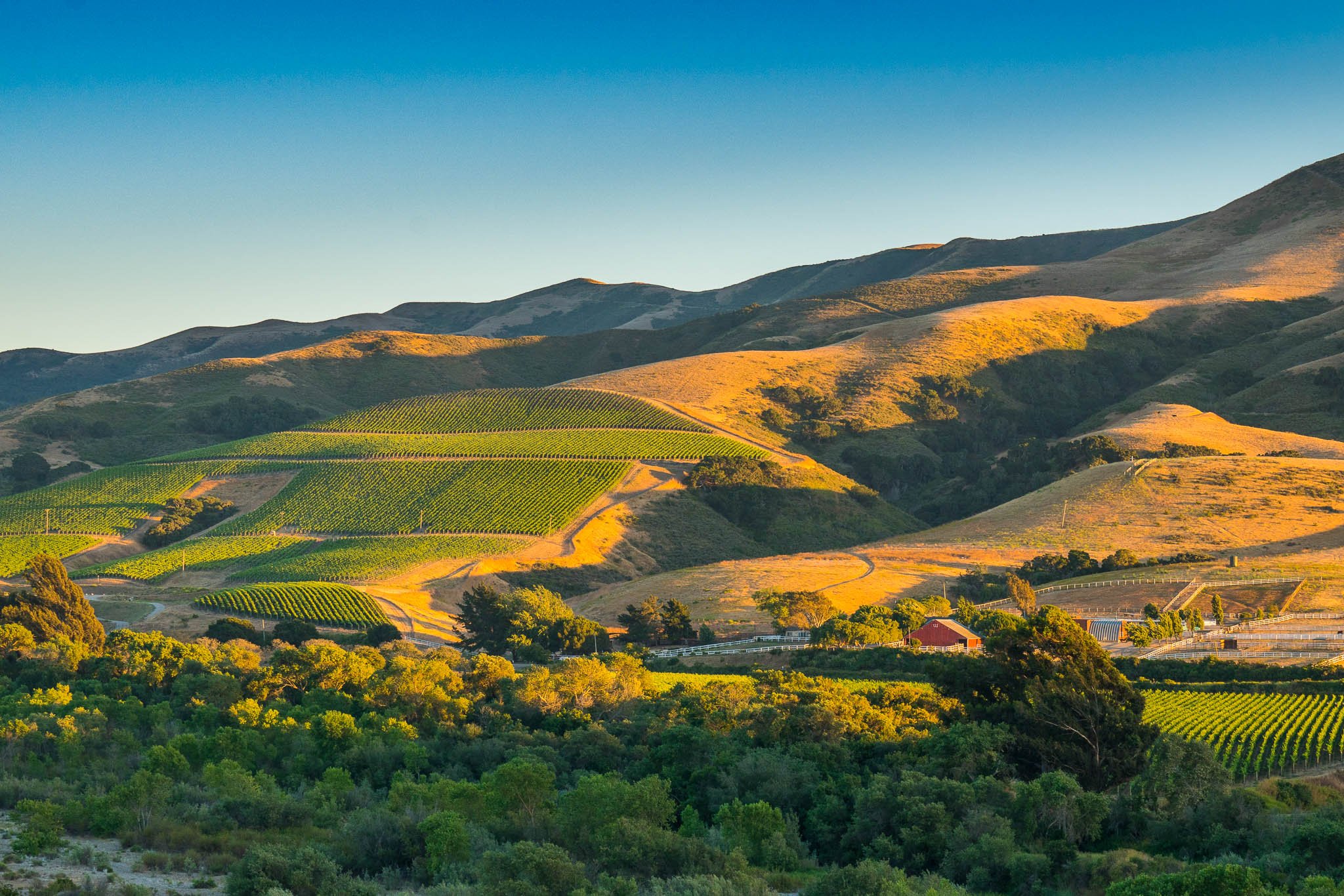
A Beginner’s Guide to Acidity, Tannin, and Body
Ever wonder why some wines feel refreshing, some feel drying, and some feel rich? Here's your simple guide to understanding wine’s structure: acidity, tannin, and body.

The Myth of the Perfect Wine
Some wines are flawless. Seamless. Technically perfect. And sometimes… they’re forgettable. This post is about the wines that don’t try to be perfect—and end up being unforgettable.

Dirt Doesn’t Lie: What Soil Really Tells Us
Soil doesn’t flavor the wine—but it shapes everything about how it’s made. From tension and structure to ripeness and depth, here’s why dirt matters more than you think.

When the Wine is Better Than the Moment
Sometimes the wine outshines the occasion. You open a bottle expecting background music and instead get a full symphony. This post is about those moments—when the wine deserved more than the room it was poured in.

The Wines I recommend the Most (and Why)
People ask me all the time: What’s a good bottle for a dinner party? A gift? Just because? These are the wines I find myself recommending over and over—not because they’re trendy or expensive, but because they’re reliable, interesting, and joyful in all the right ways.

What I Mean When I say “Good”
Not all “good” wines are memorable. Some are precise, technically perfect—and utterly forgettable. When I say a wine is good, I don’t just mean correct. I mean it made me care. It made me pause. It gave me something to think about.

How I Fell Back in Love with Wine
Losing my sense of smell meant losing wine entirely. I had built my life around tasting—and suddenly, I couldn’t. But somewhere between cardamom pods and a glass of Pinot, I found my way back.

The Problem with Palate Fatigue
Palate fatigue doesn’t mean you’ve stopped loving wine—it just means you’ve gone too long without feeling it. If every wine starts to taste the same and nothing feels good, step away. It’ll be better when you come back.

How I Write Tasting Notes & Why Yours Should Sound Like You
Writing tasting notes isn’t about sounding smart—it’s about remembering what you drank, what you felt, and when you might want that wine again. Here’s how I approach tasting notes as a WSET Diploma student, and how you can start your own.

This Tastes Like Tuesday…
Some wines taste like celebration. Alma Rosa tastes like Tuesday—or at least, what you hope Tuesdays could be. Calm, clear, shared. A glass that fits in your hand while the grill sizzles and laughter carries on the wind.

The Bottle That Changed Me
A bottle from Howell Mountain didn’t just change my opinion—it rewrote what I thought Napa could be. Sometimes, great wine doesn’t shout. It meets you where you are—and leaves a mark.

How to Read American Wine Labels, Without Losing Your Mind!
American wine labels can feel like a puzzle—but they don’t have to. This guide breaks down how to spot real quality on the label, especially in California, Washington, and Oregon. The key? It’s all about place.

Not Every Wine Has to be Special
Not every wine has to be profound. Some bottles are just good company—the kind you pour on a Tuesday night while the kids are loud, the dishwasher’s running, and you're finally catching your breath. Sometimes, being present is enough.

Hope You Read the Shelf Talker
So many wine reviews say almost nothing at all. “Black fruit. Medium tannin. Good structure.” That could describe anything—and still doesn’t tell me if I want to drink it. A great review should do more than list flavors. It should tell you when the wine matters, where it belongs, and why you’ll remember it.

Why I Taste More Than I Drink
Tasting isn’t about performance—it’s about presence. It’s a way of slowing down, listening to the glass, and letting it remind you of where you’ve been. Wine is a living story, a quiet unfolding. Forget the vocabulary. Forget the scoring. Just show up. Open the bottle. Listen.